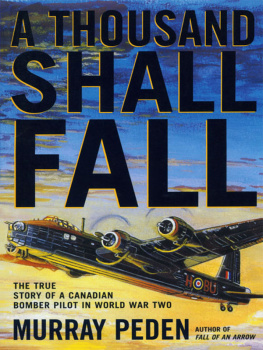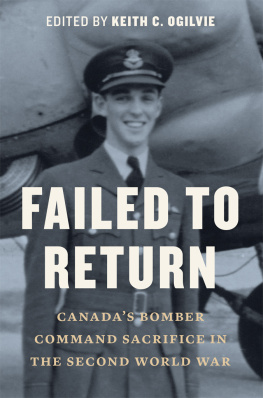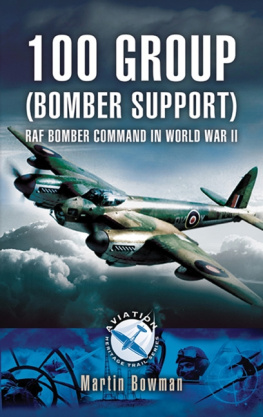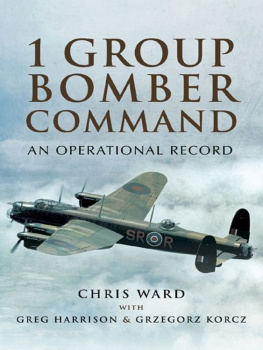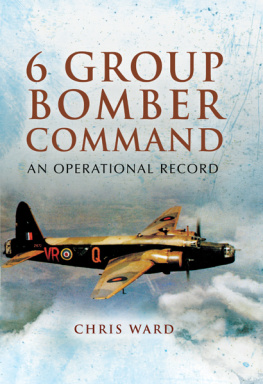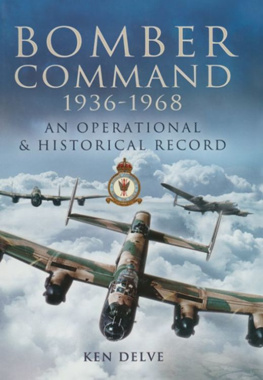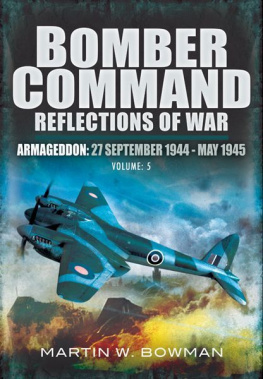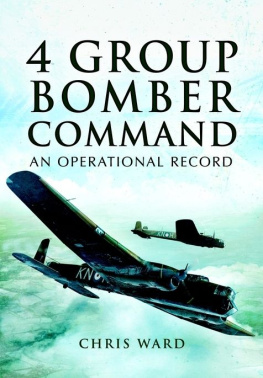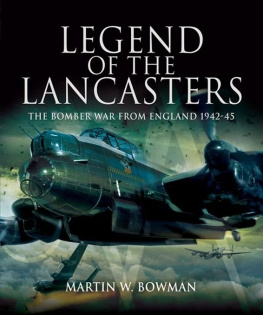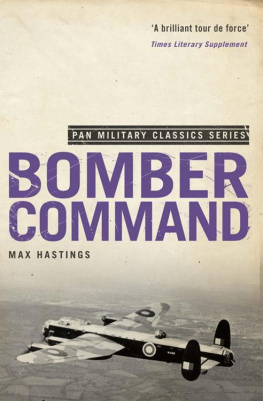ETA
A BOMBER COMMAND NAVIGATOR
SHOT DOWN AND ON THE RUN
GORDON MELLOR
ETA
Published in 2016 by Fighting High Ltd,
www.fightinghigh.com
Copyright Fighting High Ltd, 2016
Copyright text Gordon Mellor, 2016
The rights of Gordon Mellor to be identified as the authors of this book are asserted in accordance with the Copyright, Patents and Designs Act 1988.
The print publication is protected by copyright. Prior to any prohibited reproduction, storage in a retrieval system, distribution or transmission in any form or by any means, electronic, mechanical, recording or otherwise, permission should be obtained from the publisher.
The ePublication is protected by copyright and must not be copied, reproduced, transferred, distributed, leased, licensed or publicly performed or used in any way except as specifically permitted in writing by the publisher, as allowed under the terms and conditions under which it was purchased, or as strictly permitted by applicable copyright law. Any unauthorised distribution or use of this text may be a direct infringement of the authors and the publishers rights and those responsible may be liable in law accordingly.
British Library Cataloguing-in-Publication data.
A CIP record for this title is available from the British Library.
ISBN 13: 978-0993415258
eISBN 13: 978-0993415258
Mobi ISBN 13: 978-0993415258
Designed and typeset in Adobe Minion 11/15pt
by Michael Lindley, www.truthstudio.co.uk .
Front cover design by www.truthstudio.co.uk .
Introduction
Now Hear This
Hello,
I am glad that your curiosity has prompted you to be with me now at the beginning of this memoir, and I hope that you can accompany me right through this story to the last page.
On a number of occasions it has been suggested that I put my recollections down on paper. Well now I have done so and covered a period of some six years. I was encouraged to pen these words by Lawrie Walford of the RAF Lichfield Association, who wanted to add them to their records. In addition I was further encouraged by being asked to record an audio contribution to the Imperial War Museum archive, followed by some supporting pressure from within my own family. But, principally, I wrote this chronicle to recognise how extraordinary were the ordinary people of the countries of Europe that were occupied by the armed forces of the Nazi regime at a time when supporters of the Allies faced the ultimate penalty.
What follows is a ramble through times, personal events and reflections, most of which involved relationships with many other persons in service with the Royal Air Force from 1939, when this country and France prepared for a conflict with the German nation, until my return to civilian life in 1946. It is viewed after a delay of more than sixty years, which in the early days after the war we all had hoped would be of peace. But they havent been, have they?
As might be expected, the content of the story contains a stronger male element than perhaps would be presumed now in a new century where women have an expanding influence on all walks of life and in particular on both military and civilian aviation. In this account there is a period where the balance is reversed and women of our Allies dominate the scene. Can one ever forget what amazing women they were, and today there are still a few survivors.
The title of this book, just three letters ETA are of course an abbreviation for Estimated Time of Arrival, frequently used these days by the great travelling public, but at the time of this narrative it was used mainly by flying crews. ETA was of prime importance to navigators and pilots, for operational planning was timed to the minute. Also it was always of great interest to all of the aircrew. One could say that our lives depended on time and timing. As a matter of fact I am sure it was the most frequent question asked of a navigator when he was working, even more so perhaps than Where are we? Among many crews it was a standing joke to say that The Nav was the last person to find out our position. The occasional quip and a laugh at the right time was good for all, but confidence in each of your crews ability in their particular role was always absolute, as was evident on the occasions of returning to this Britain in the cold light of dawn to find the ground obscured with fog.
It was a great job to do.

RAF Volunteer Reserve application May 1939.
Chapter 1
Name, Rank and Number
All was dark, not a spot of light to be seen anywhere. What time was it? Not that it really mattered. Must be early; I felt that I could easily drop off again for an hour or two until it was daylight. That was strange, I thought I could hear someone snoring gently. But I was warm and comfortable where I was, so thats fine.
A door crashed open; briefly a figure was silhouetted against the dim light behind, then strong lights sprang to life in this enormous room and a loud voice was shouting: Everybody up. Wakey wakey. What was I doing here for goodness sake? A careful look into this brilliance revealed a figure in a blue uniform with sergeants stripes on the sleeves of his jacket. Reality flooded in and I remembered why I was here with all these young men although some looked more like boys. They had, as I had, all volunteered to fly in the Royal Air Force (RAF) for as long as required.
This all started with the return of the British prime minister, Mr Neville Chamberlain, from Munich in September 1938 after his conversations with the German chancellor, Adolf Hitler, and the display of the paper agreement to the media. The country realised that a conflict was probable. All that it had gained was a breathing space. Expansion of the armed forces was put in hand and each of the services appealed for volunteers to join the Territorial Army or the Auxiliary and Volunteer Reserves of the Navy and the RAF. The young men and women of the country responded.
My interest in aviation sprang from early visits to air shows at Hendon and Northolt, together with watching aircraft at the airfield adjoining the De Havilland aircraft factory at Stag Lane, Edgware. Also from being perched in a tree with school friends, overlooking the security fence at RAF Hendon.
In 1939 at the age of nineteen, with the possibility of flying within reach, the old enthusiasm returned. I was employed in the surveying profession, and air navigation appealed to me to the extent that I applied to the Royal Air Force Voluntary Reserve (RAFVR) to train as an observer. As aircraft crews at that time were small in number it appeared that the observer had to be able to carry out a variety of activities that could not be performed by the pilot while in control of the aircraft. Of course, many like-minded young men had the same idea and you had to await your turn for interview with the Air Ministry Assessment Board.
My first application came to grief during the early months of 1939 on medical grounds, but following many early morning exercise runs before leaving for work during spring and summer I applied again.
War was declared on Sunday, 3 September 1939 and I was very disappointed when my second application forms were returned in the post. Obviously a new approach had to be found.


